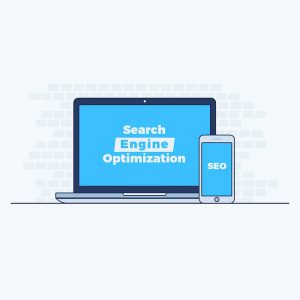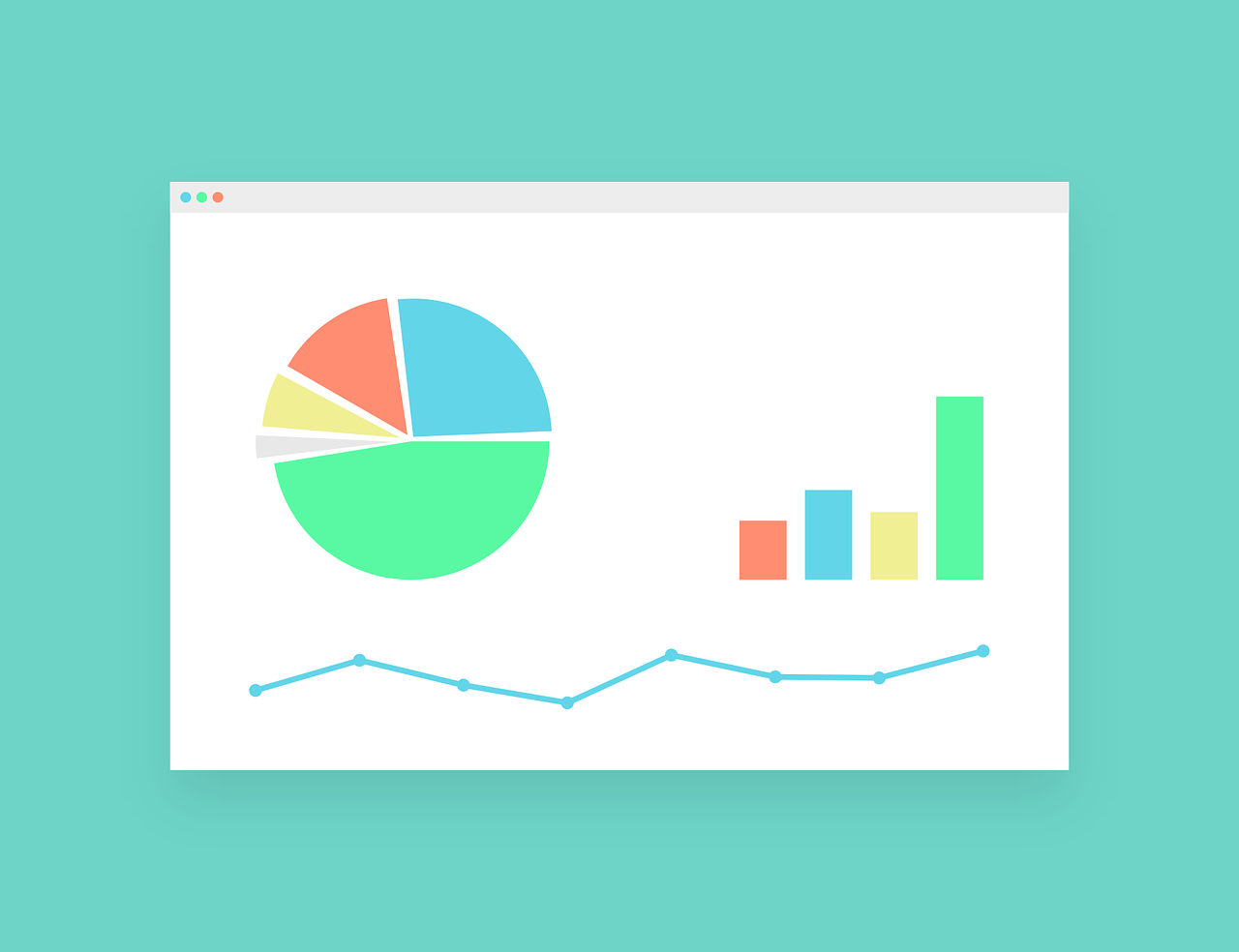In a previous article, we talked about what Search Engine Optimization (SEO) is. In this article, we continue this discussion by talking about 10 simple but effective SEO techniques you can perform, in order to make your website more visible to search engines, rank higher and thus drive more organic traffic to your website.
Step 1: Use a Proper Domain Name
Based on what your website is all about, choose a proper domain name that points to the type of your content and it is self-explanatory. For example, our website domain is sqlnethub.com. This domain name is quite self-explanatory. When you take a look at the domain name, you will get the understanding that this website is all about SQL, SQL Server and .NET.

Step 2: Create Unique Page Titles
A page title lets users know within a few seconds, on what about the page is. The same happens with search engines. A good SEO practice is to write clear, self-explanatory page titles, that make it easy for search engines to understand what each one of your web pages is all about.
Step 3: Make Use of the Description Meta Tag
In addition to unique and self-explanatory page titles, you also need to set a proper description for each one of your web pages using the “description” meta tag. Keep in mind, that the maximum length of a description meta tag must not exceed 160 characters. In a different case, any additional characters will be truncated by search engines. Here’s an example of a description meta tag:
<meta name="description" content="Check our list of top 10 simple, but effective Search Engine Optimization (SEO) steps that can help you get your website rank higher in search engines.">
Check our Online Course: “A Guide on How to Start and Monetize a Successful Blog”
We have created this course, in order to share all our tips on how to start and monetize a successful blog.
Learn how you can start a successful blog, how to get traffic with Search Engine Optimization (SEO) and marketing, and how to monetize it.

Step 4: Keyword Research
Prior to start creating content, i.e. writing a blog post, you need to do keyword research. As of that, you need to test different keywords for the content you want to create and see how many people actually searches the web for that content using those keywords. A tool which can help you perform comprehensive keyword research, is Google’s Keyword Planner.
Step 5: Write Compelling Content
Even if you have applied all SEO best practices but you don’t have high-quality content on your website, your website will be still ranked lower. Content is everything. Make sure that your website contains compelling, original content, rich in keywords on the topic you are writing about. Also, make sure that your content, i.e. a blog post, has over 300 words else it will be too short and won’t rank well in search engines.

Step 6: Make Proper Use of H1 Tags
H1 tags in html code indicate a heading on your website. H1 tags are heavily used by search engines because they help them towards understanding what your web page is about. To this end, H1 tags are considered a major ranking factor. An example of a H1 tage is:
<h1>This is a H1 heading example</h1>
Step 7: Get Backlinks from Trusted Websites
A backlink, is a link on some other website pointing to a web resource on your website (i.e. a page). Having backlinks to your website from other well-respected websites with same topic as you website’s, adds value and authority to your website and thus, it helps your website score higher in search engine rankings.
Step 8: Make Sure your Website is Fast
The majority of people wait only at around 2-3 seconds for a website to load. As of that, you need to make sure that your website meets these standards and it is fast enough. There is an excellent free online tool available which can help you speed up your website. This tool is Google PageSpeed Insights.

Step 9: Provide Sitemaps
Sitemaps are lists of pages of a website. They are used for displaying how a website’s pages are organized and interconnected. It is a good SEO practice to provide an HTML sitemap on your website for your visitors and an xml sitemap for search engines.
Step 10: Use of SSL and HTTPs
By using SSL on your website, and HTTPS, it allows the clients (computer browsers) and your web server (website) to communicate in an encrypted manner thus securing the communication between them. This is a plus when it comes to search engine classification of your website.
Featured Online Courses:
- Introduction to Azure Database for MySQL
- Working with Python on Windows and SQL Server Databases
- Boost SQL Server Database Performance with In-Memory OLTP
- Introduction to Azure SQL Database for Beginners
- Essential SQL Server Administration Tips
- SQL Server Fundamentals – SQL Database for Beginners
- Essential SQL Server Development Tips for SQL Developers
- Introduction to Computer Programming for Beginners
- .NET Programming for Beginners – Windows Forms with C#
- Introduction to SQL Server Machine Learning Services
- SQL Server 2019: What’s New – New and Enhanced Features
- Entity Framework: Getting Started – Complete Beginners Guide
- How to Import and Export Data in SQL Server Databases
- Learn How to Install and Start Using SQL Server in 30 Mins
- A Guide on How to Start and Monetize a Successful Blog
Read Also:
- What is Search Engine Optimization (SEO)?
- A Guide on How to Start and Monetize a Successful Blog
- What is Microsoft’s Passwordless Option
- Software Systems in the 21st Century: Integration is the Key
- A DBA or a Database Developer?
- What is Data Science?
- What is Machine Learning?
- Introduction to SQL Server Machine Learning Services
- Essential SQL Sever Administration Tips
- The Philosophy and Fundamentals of Computer Programming (Computer Programming for Beginners)
- How to Patch a Standalone SQL Server Instance
- The SQL Server Browser Service and UDP Port 1434
- The Maximum Number of Concurrent Connections Setting in SQL Server
- Top 10 SQL Server DBA Daily Tasks List
- There is no SQL Server Failover Cluster Available to Join
- Encrypting a SQL Server Database Backup
- A Guide on How to Start and Monetize a Successful Blog
- …more
Rate this article:
Reference: SQLNetHub.com (https://www.sqlnethub.com)
© SQLNetHub
Artemakis Artemiou is a seasoned Senior Database and AI/Automation Architect with over 20 years of expertise in the IT industry. As a Certified Database, Cloud, and AI professional, he has been recognized as a thought leader, earning the prestigious Microsoft Data Platform MVP title for nine consecutive years (2009-2018). Driven by a passion for simplifying complex topics, Artemakis shares his expertise through articles, online courses, and speaking engagements. He empowers professionals around the globe to excel in Databases, Cloud, AI, Automation, and Software Development. Committed to innovation and education, Artemakis strives to make technology accessible and impactful for everyone.

